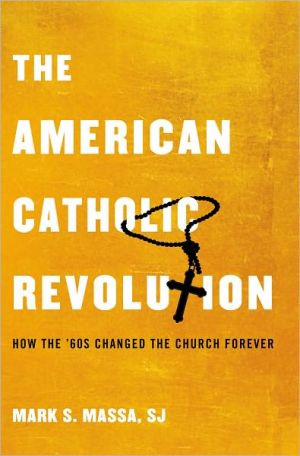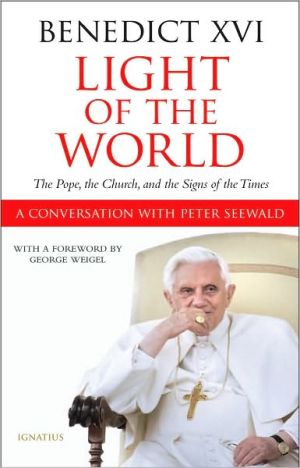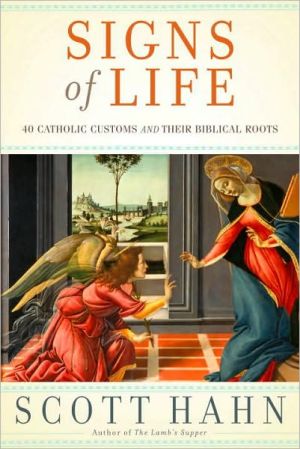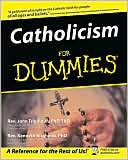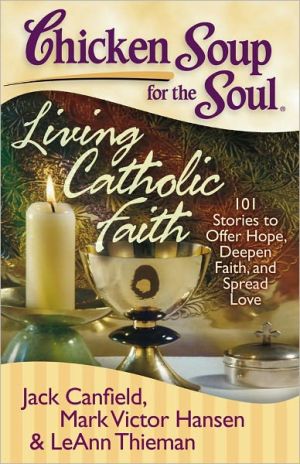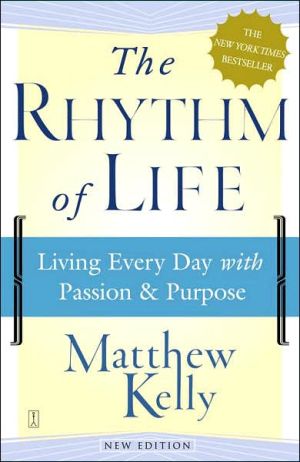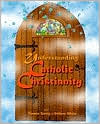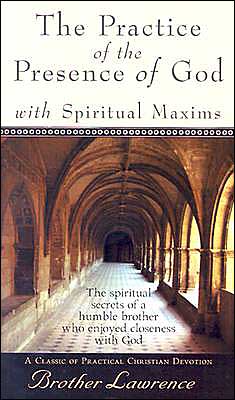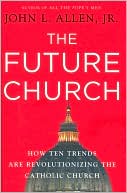The American Catholic Revolution: How the Sixties Changed the Church Forever
The Second Vatican Council enacted the most sweeping changes the Catholic Church had seen in centuries. In readable and compelling prose, Mark S. Massa tells the story of the culture war these changes ignited in the United States—a war that is still being waged today. The first stirrings of upheaval took place in the pews, where changes to the mass were felt immediately and viscerally by the faithful. Suddenly, one Sunday, the mass as they had always known it was very different, and so was...
Search in google:
The Second Vatican Council enacted the most sweeping changes the Catholic Church had seen in centuries. In readable and compelling prose, Mark S. Massa tells the story of the culture war these changes ignited in the United States—a war that is still being waged today. The first stirrings of upheaval took place in the pews, where changes to the mass were felt immediately and viscerally by the faithful. Suddenly, one Sunday, the mass as they had always known it was very different, and so was the Church they had believed was timeless and unchanging. Skirmishes quickly broke out over the proper way to worship, with "liberals" welcoming change, "conservatives" resisting it. Soon, Catholics found themselves bitterly divided over everything from birth control to the authority of the Church itself. As he narrates these turbulent events, Massa takes us beyond the "liberal/conservative" stereotypes, offering new insights into the last fifty years of American Catholicism. Publishers Weekly This latest effort to digest the impact of the Second Vatican Council on Catholicism attempts to show that significant change did occur in the church in a way that is permanent and thus unlikely to be undone. Massa, professor of theology at New York's Jesuit-run Fordham University, dismisses the view ascribed to the late Pope John Paul II that Vatican II changed nothing essential in the belief and practice of the church. To say this, the author claims, is tantamount to trying to put the "genie back into the bottle." He defends his position by citing the changes in worship that were introduced and, for the most part, warmly welcomed by Catholics, touching off a revolution that he says was felt in the widespread rejection of the message of Humanae Vitae, the 1968 papal encyclical on birth control, and in reforms in religious communities, and also in social activism on the part of Catholics. Although by no means a comprehensive examination, Massa's work is thoughtful and will be of special interest to students of Vatican II and the 1960s social revolution. (Sept.)
Preface: "Something Irreversible Has Happened,"1 A Brief History of Catholic Time 12 Frederick McManus and Worship in the United States 153 Humanae Vitae in the United States 294 The Charles Curran Affair 495 The Dangers of History 756 "Death Shall Have No Dominion!" 1037 Avery Dulles and the Law of Unintended Consequences 1298 Things Change 147Acknowledgments 163Notes 165Index 189
\ Publishers WeeklyThis latest effort to digest the impact of the Second Vatican Council on Catholicism attempts to show that significant change did occur in the church in a way that is permanent and thus unlikely to be undone. Massa, professor of theology at New York's Jesuit-run Fordham University, dismisses the view ascribed to the late Pope John Paul II that Vatican II changed nothing essential in the belief and practice of the church. To say this, the author claims, is tantamount to trying to put the "genie back into the bottle." He defends his position by citing the changes in worship that were introduced and, for the most part, warmly welcomed by Catholics, touching off a revolution that he says was felt in the widespread rejection of the message of Humanae Vitae, the 1968 papal encyclical on birth control, and in reforms in religious communities, and also in social activism on the part of Catholics. Although by no means a comprehensive examination, Massa's work is thoughtful and will be of special interest to students of Vatican II and the 1960s social revolution. (Sept.)\ \ \ \ \ Library JournalJesuit historian Massa (dean, Sch. of Theology & Ministry, Boston Coll; Anti-Catholicism in America) examines several events of the 1960s that transformed the Catholic Church. Using a history-of-ideas approach, he shows that these events did not come out of the blue, but can be seen as the culmination of a process that had been going on for some time. Treating liturgical renewal, the encyclical Humanae Vitae of Paul VI on birth control and Charles Curran's dissent to it, the Catholic antiwar movement, and unintended consequences of Vatican II, including its effect on women's religious communities, Massa shows that the conservative/liberal dichotomy is not a helpful way to view this period and illustrates this by considering the writings of Jesuit Avery Dulles. VERDICT Readers looking for a consideration of popular American Catholicism covering a wider time period should consider James O'Toole'sThe Faithful. Massa's book is a finely tuned analysis of a critical period in the history of the Catholic Church in America that goes beyond the received wisdom, written in a style accessible to the general reader.—Augustine J. Curley, Newark Abbey, NJ\ \
